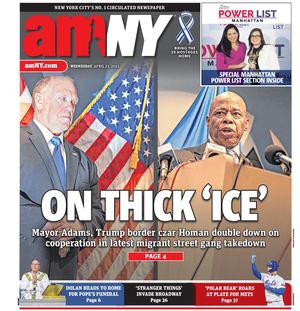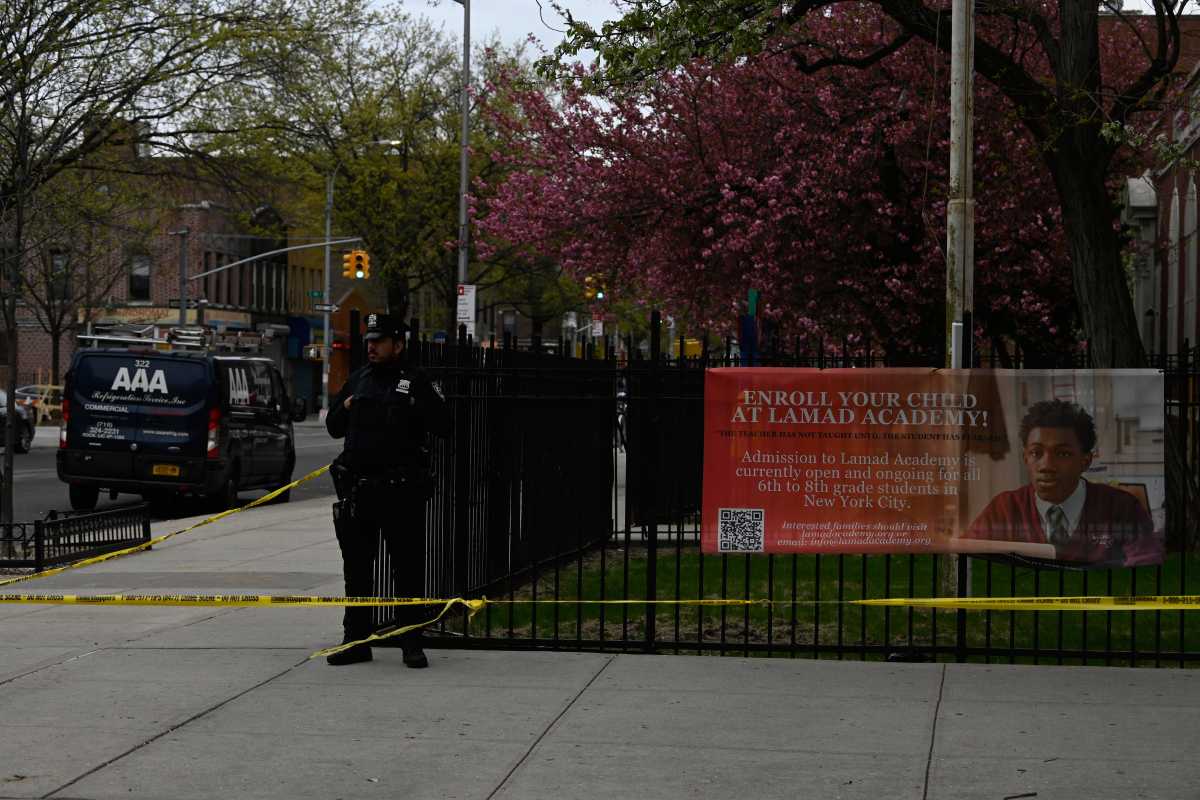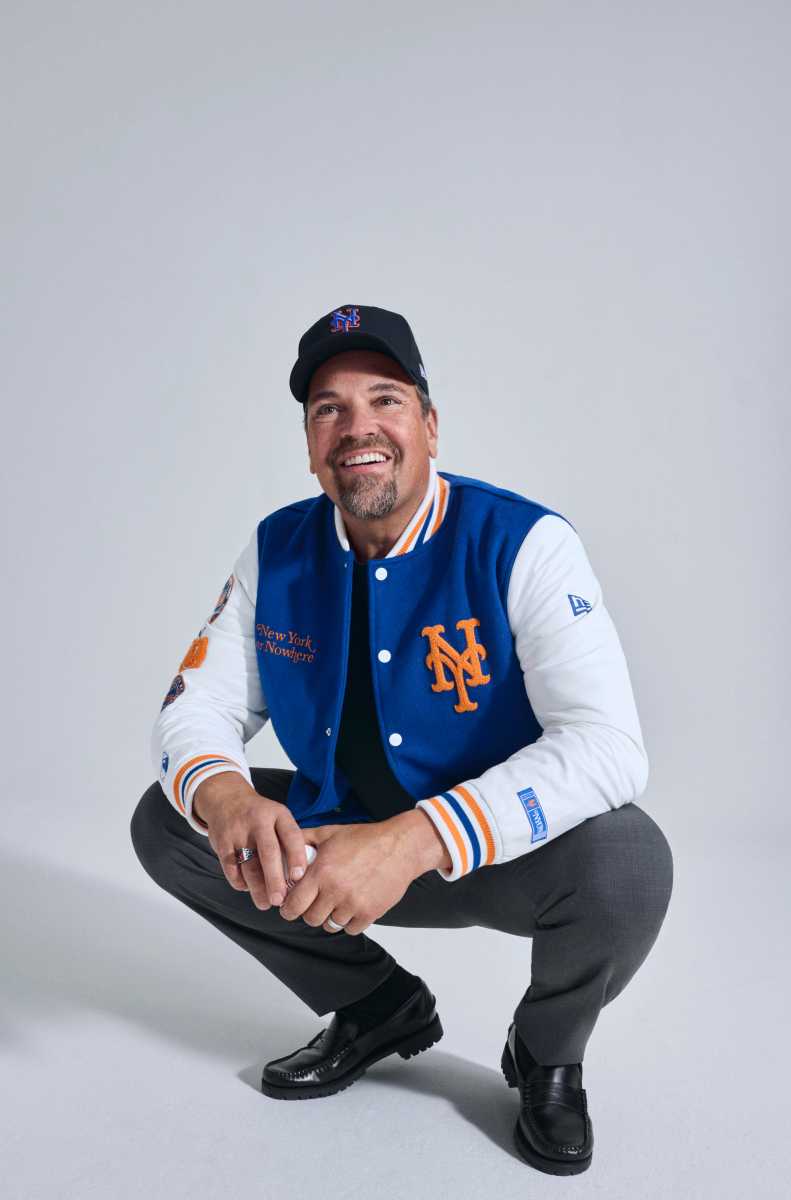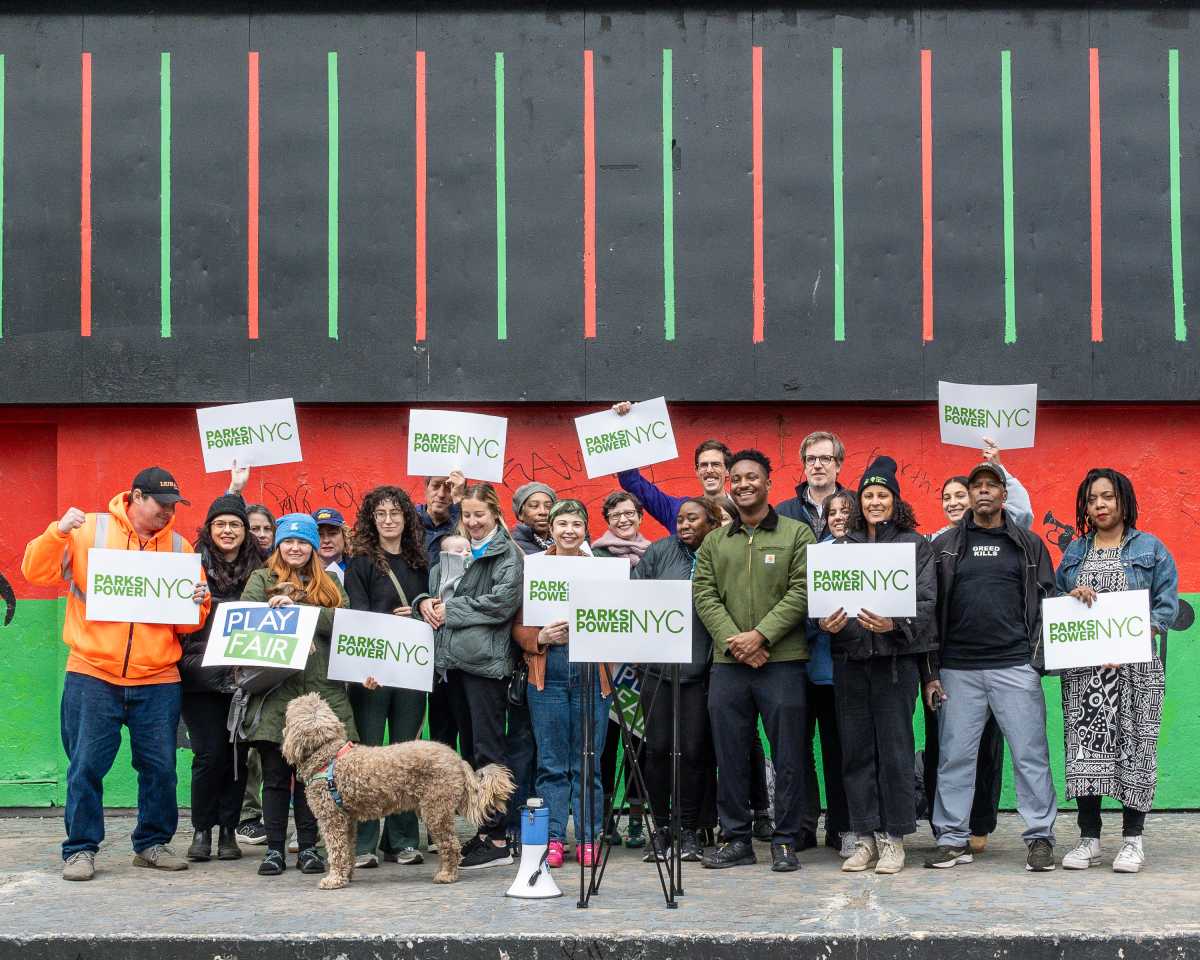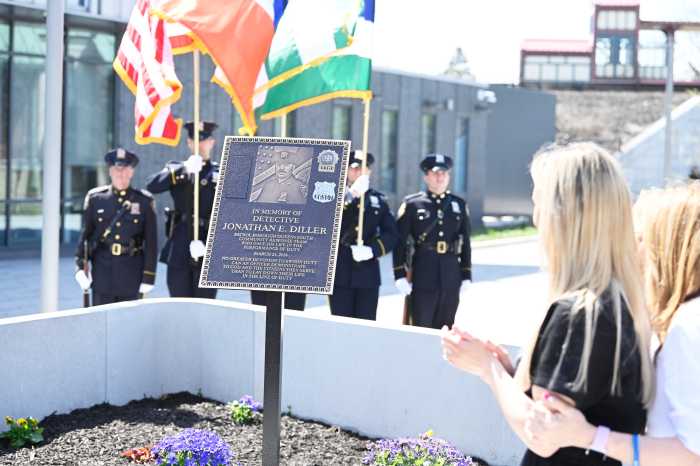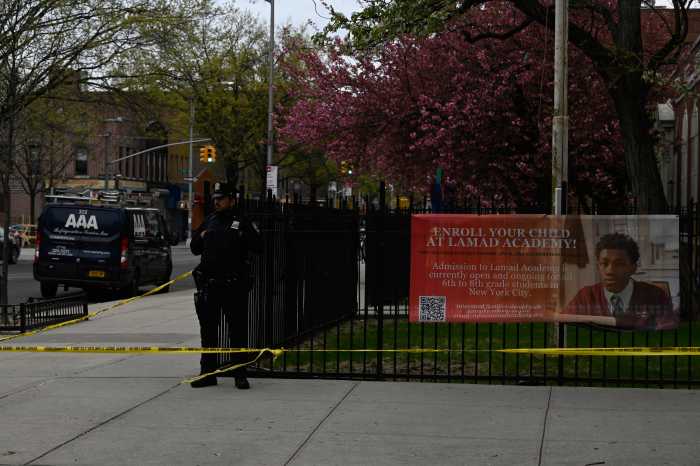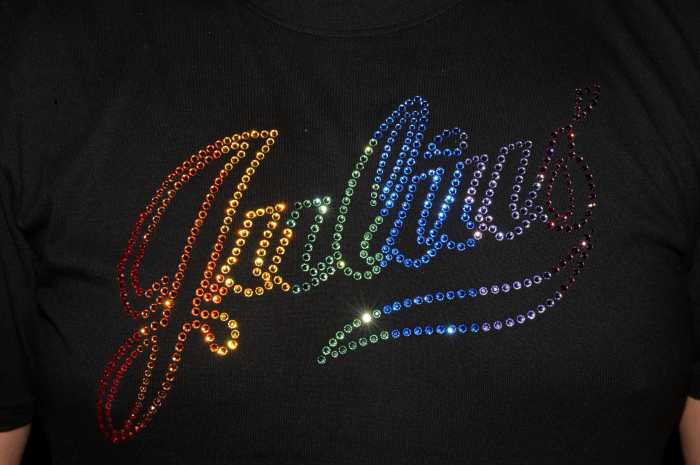Until Tuesday afternoon, the official death toll in Puerto Rico from Hurricane Maria was 64.
Now, it’s 2,975.
That’s a thousand more people than died in Hurricane Katrina. It’s higher than the body count of WTC victims on 9/11.
Puerto Rico Gov. Ricardo Rosselló said the government would adopt the new death toll, which came from a George Washington University study his government requested.
There have been similar studies since the storm swept across Puerto Rico in September. A New York Times investigation suggested 1,000 more people than usual died on the island in the weeks after the storm. A Harvard University survey estimated a death count that might have topped 4,000. The George Washington report used statistical methods to compare the number of deaths during the six months following the storm to the number of deaths typically reported during that period. The “excess” gives an estimate of the number of deaths the report attributes to the storm and its aftermath.
The numbers have varied, and we’re still waiting for a full door-to-door review. What has always been clear, though, is that the death count was enormous – and certainly dwarfed 64.
This was clear at the overflowing morgues struggling to handle bodies that September. It was clear in the overburdened medical facilities operating without electricity. It was still clear in January when I spent a week on the island reporting on Puerto Rico’s recovery, when damage to homes and infrastructure was evident via blue tarps and shuttered offices. Puerto Ricans and observers scoffed at the government’s months-long insistence that only 64 people had died, and the late arrival of national aid. They basically laughed when President Donald Trump said after the storm that his administration had done “an incredible job” responding to the devastation, even as FEMA struggled to deliver necessary supplies. And what could be said about Trump’s assertion that Katrina was worse, or that Puerto Rico had thrown “our budget a little out of whack”?
Listen to the people
The GW study notes that “interview respondents perceived the death count to be much higher, and held viewpoints that government leadership was disconnected from the realities of Puerto Rican communities, that there was not transparency in reporting, that information was intentionally withheld to evade blame and that adequate systems were not in place to track the death count.”
Puerto Ricans, in other words, couldn’t believe what their government was saying.
In January, many Puerto Ricans were also scoffing about feeble government attempts to get the power back on. There were the residents of the town of Morovis who still relied on expensive power generators despite the power authority’s contention that swaths of the area had power. There were the San Juan teenagers who spent their evenings at the light-filled Plaza Las Americas mall in the metropolitan area. They were considering packing their bags for New York City or Florida rather than wait for water and electricity at home.
Trumpian claims that things were getting better were belied by the simple act of driving around the island, where roads were blocked and cars inched chaotically into intersections without working traffic lights, long after landfall.
For months, there were stops and starts with power regeneration. Residents on the outskirts of San Juan would get the juice just long enough to get a ceiling fan spinning again before a transformer blew. The utility workers went back to work. Residents watched as the ceiling fans drifted to a halt.
Even when power came “back,” it often went out again thanks to the extremely weak and glitchy electrical grid, which hasn’t been much improved as federal, state, and local authorities tried to rebuild. “Full” restoration didn’t take place until earlier this month, approaching the one-year anniversary of the storm.
So it was always clear, now only more so: Both the local and the federal government failed Puerto Ricans, the ones who died and the ones who struggled after the storm. Most Puerto Ricans knew that. With the new official numbers, we do, too.
